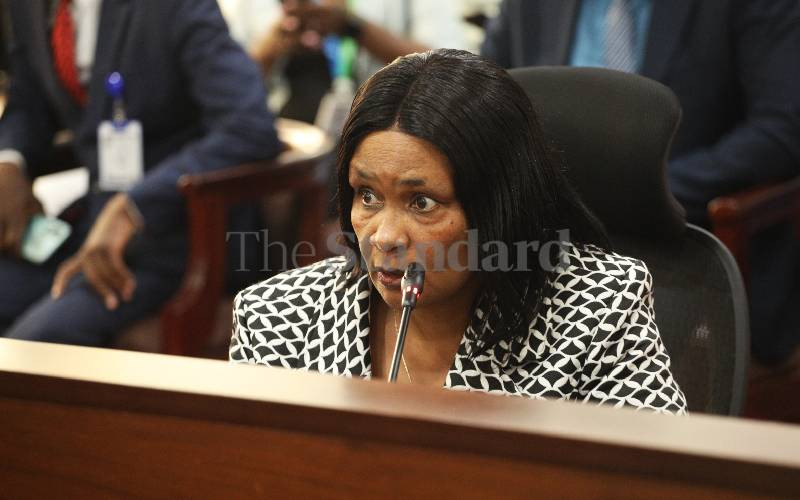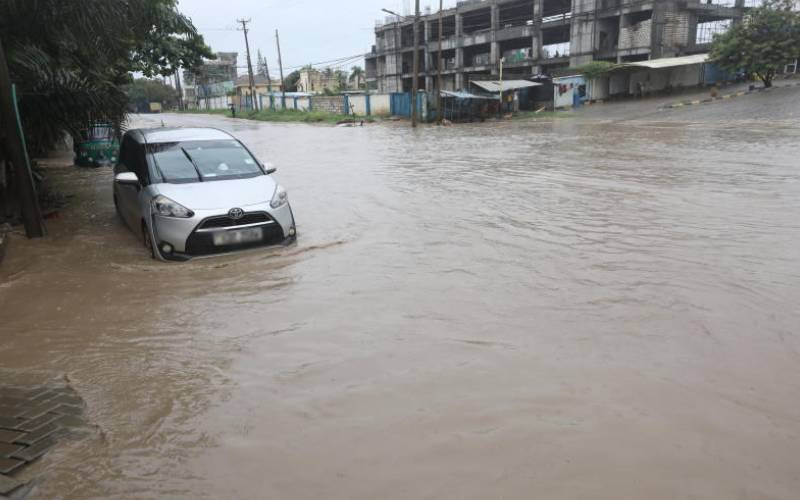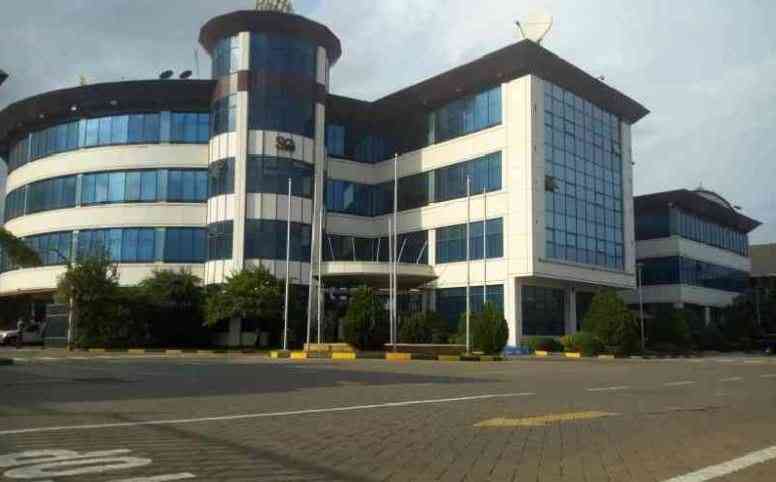The cyclic calamities continue to weigh heavily on the lives of millions of Kenyans as county governments endure inadequate budget allocation from the national government.
From diseases and accidents to floods and famine, countries are struggling with one calamity after another. But the Controller of Budget (CoB) accuses the 47 devolved units of sitting on emergency funds.
In the 2023/24 financial year, the counties allocated a total of Sh1.9 billion for emergency funds, according to the CoB, but utilised Sh963 million despite devastating floods.
Data compiled by The Standard indicates that the country suffered heavy losses during the 2025 March, April and May (MAM) long rains, with at least 294 people killed by the flash floods.
The Kenya Red Cross Society (KRCS) and the National Disaster Operation Centre said that 291 people were killed by flash floods, especially in the informal settlements of Nairobi, Rift Valley and Nyanza.
The most devastating flash floods hit Mai Mahiu in Nakuru county on April 29, 2024, when a blocked railway culvert burst and swept everything in its path leaving 60 people dead.
The affected families are yet to be resettled despite promises from the national government.
The flash floods also killed five people in Kiambu and displaced 45. According to KRCS data, floods killed 291 people across the country.
The 2025 MAM floods hit the Coast, Lower Eastern, North Rift, Central, Upper Eastern, North Eastern, and Western regions, displacing an estimated 14,793 households.
After the flash floods, several counties were also hit by cholera outbreak, with Kwale, Kisumu, Migori, and Nairobi reporting 11 casualties as of May 2025 due to poor sanitation infrastructure.
Since February 2025, cholera outbreak has been reported in the Coast, Lower Eastern, and Western regions, with the recent cases in Kwale, Kisumu, Nairobi, and Migori.
Mpox outbreak also continues to stretch resources in counties.
Since the declaration of the Mpox outbreak in the country on July 31, 2024, there have been at least 228 confirmed cases in 21 counties, with Mombasa being one of the hardest-hit.
As of July 2025, Mombasa had reported 98 cases with two deaths, a case fatality rate of 2 per cent. The county has designated Coast General Teaching and Referral Hospital – Utange as the isolation centre.
Stay informed. Subscribe to our newsletter
“The current trend has shown an increase in the number of cases within our local community, suggesting local community transmission,” the Mombasa County Health Department said in a recent statement.
The county hospitals are also grappling with the high number of casualties from accidents in 2024 and 2025. The National Transport Safety Authority (NTSA) indicates that 3,369 deaths occurred by August 2024 on the roads.
Nairobi had the highest pedestrian fatalities, followed by Kiambu. Data indicates that the horrifying road accidents included the Coast Bus crash at the Migaa blackspot that killed 14 and injured 55.
Meanwhile, boat accidents continue to claim lives in the Kenyan waters. In 2024, an overloaded boat carrying 41 passengers at Kona Punda in Tana River capsized, killing at least eight people.
In Kilifi, a snorkelling boat with 31 Italian and Kenyan passengers was hit by strong winds and capsized in the Indian Ocean off Watamu, killing three. In 2025, Kilifi County registered a high number of casualties at sea after 21 people drowned at Kilifi Beach.
In an interview, Kilifi County Chief Officer for Disaster Management and Prevention Irene Opicho said the county government has since recruited and trained over 140 lifeguards.
The lifeguards cover all Beach Management Units (BMU) from Mtwapa to Ngomeni in Magarini to ensure safety is adhered to by all beach users.
“These lifeguards have the necessary skills, but again, we will still conduct more training just to continue empowering them,” she said, adding that the county now has three fully equipped patrolling boats.
‘The boats are not enough, and we are calling for stakeholders to come in and fill this gap. The county is set to construct watchtowers and lifeguards’ sheds along the over 260 km of coastline in Kilifi for surveillance of beach operators,” said Ms Opicho.
She said the county has also trained over 700 BMU members on safety regulations and first aid on what they can do when an accident occurs and how to respond to emergencies.
An emergency toll-free number, 1535, has also been launched for people to call for help in case of an emergency. The county has also built a firefighters’ station in Kilifi town to deal with fire outbreaks.
Meanwhile, at least 23 counties in arid and semi-arid areas are facing drought and starvation. In Taita Taveta, residents are living in fear that the drought could lead to an increase in human-wildlife conflict.
Some of the starving families in Taita Taveta have resorted to eating wild roots and fruits to survive. The County Commissioner Josephine Onunga said the region has not harvested food crops in six seasons.
Last week, Public Service, Human Capital Development and Special Programmes CS Geoffrey Ruku admitted that 23 counties were facing food shortage but assured that there was enough in the strategic food reserves to mitigate the effects.

























